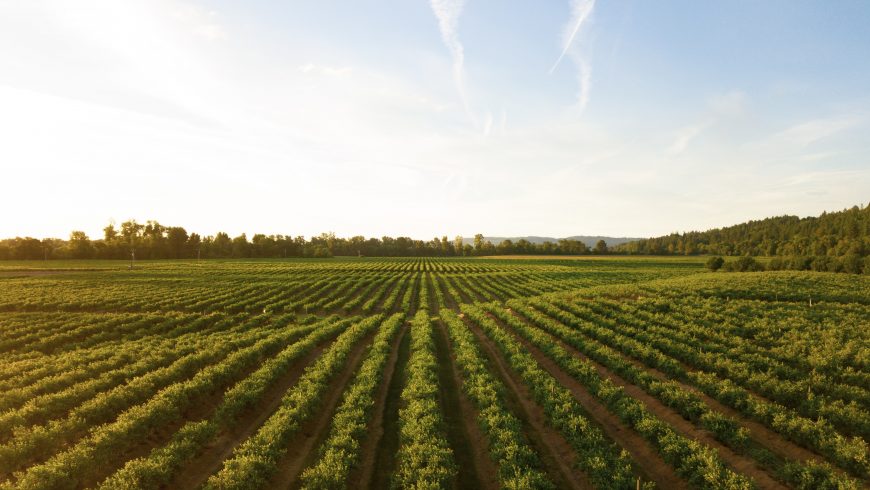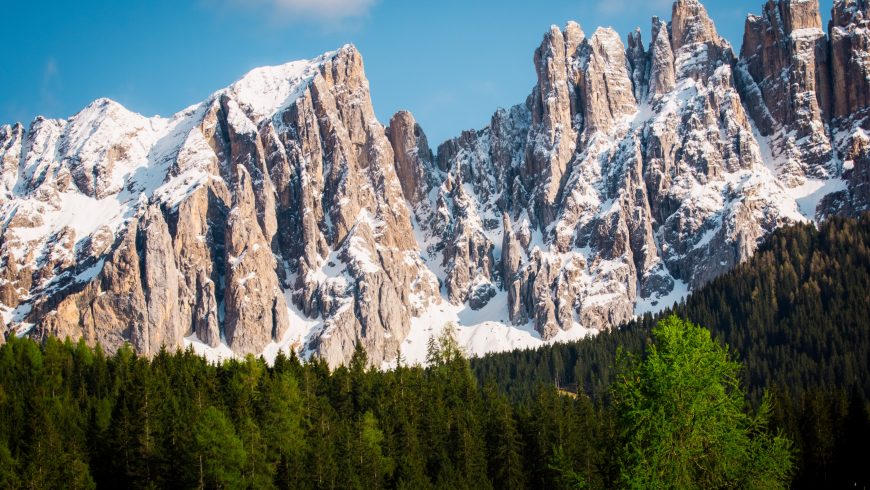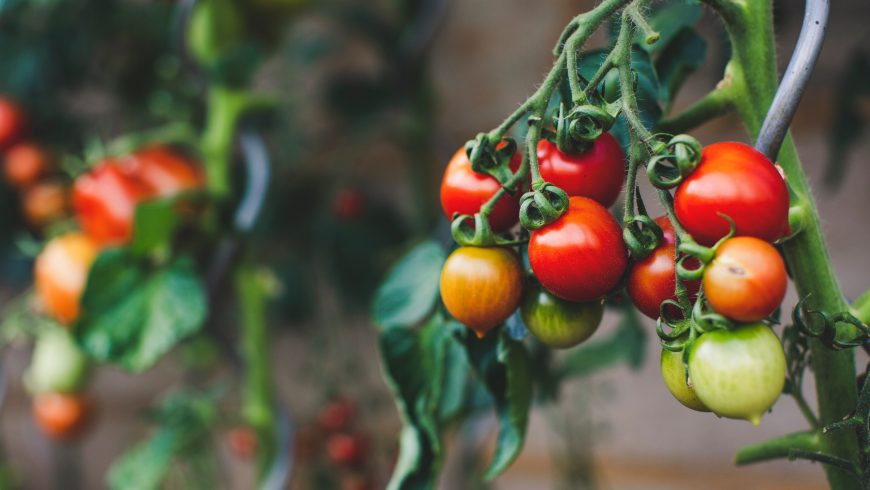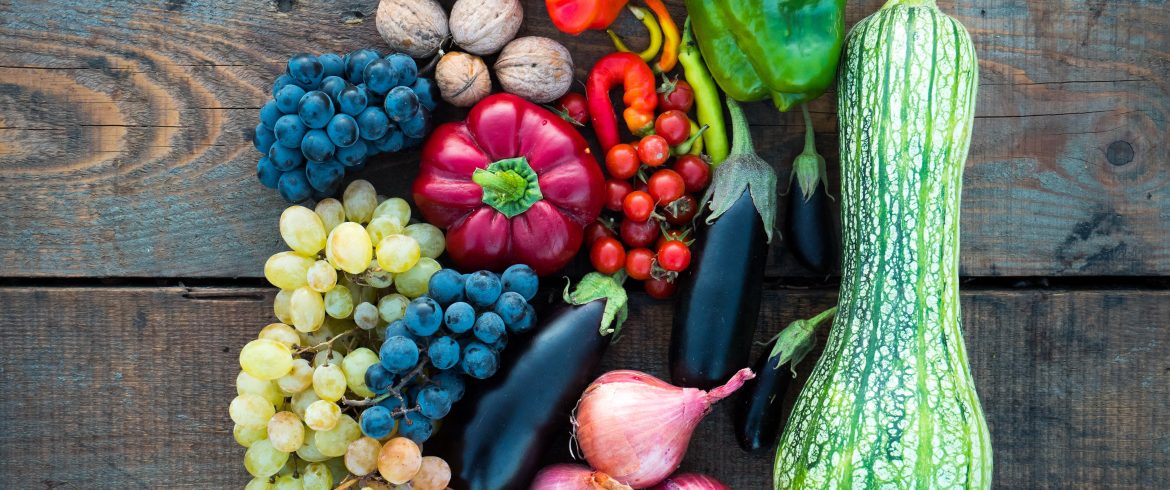According to a study of the University of Sydney, 64% of agricultural fields around the world are in danger due to pesticide pollution, and one-third of these areas are at very high risk. This research has analysed the usage and spread of 92 active pesticide ingredients in 168 Countries and has examined the danger of contamination for the soil, the atmosphere and the surface waters. The results are clearly worrying, such a high probability of pollution involves serious damage to human health and to the natural environment. Moreover, the consumption of pesticides is expected to increase with population growth, which is estimated to reach 8.5 billion people by the year 2030.
Consequences of Pesticides on Biodiversity

A recent conveign of ISPRA (Italian National Institute for Environmental Protection and Research) has underlined pesticides consequences on biodiversity. 108 types of natural habitats have been indicated as sensitive to pesticides and half of these appear in a very poor condition. A research on three crop types (rice fields, vineyards and hazel groves) has been developed and, as markers pesticide impact, some groups of species have been searched: soil microorganisms, plants, wild bees, dragonflies, butterflies, reptiles, amphibians and bats. A higher number of species and larger populations have been found in the farms with organic agriculture.
Still regarding pesticides consequences on biodiversity, WWF has identified pollution as the major factor of pressure on habitats. Specifically, agricultural activities that involve pesticides are responsible for 48% of pollution-related pressures.
Where do pesticides end up?

Plants absorb half of the dose directed to them, and, while infesting plants usually degrade the herbicide to nontoxic products, cultivated plants don’t always metabolise it and as a consequence the pesticide remains as a residue.
Other parts of the plant protection product end up in the soil, in the water and/or in the air, causing damage both to humans and wild animals: two examples of this are the difficulty of hatching pheasant and partitrice eggs and/or the birth of malformed chicks.
Pesticides in the Water
As regarding waters, those affected by pesticide leaching are groundwater, where it goes a percentage between 0.5% and 2%, and surface runoff, where it ends a percentage between 0.01% and 1%.
Pesticides in the Air
Talking about air, the percentage of pesticide released in the atmosphere varies depending on the physical state of the pesticide itself. A percentage up to 5% of the total is spread from substances in the form of spray, while the quantity is minimal from liquid and solid substances.
Pesticides in the Soil
Lastly, in the soil it ends up the highest percentage of pesticide, between 50% and 90%. When the plant protection product penetrates in the ground, it can be metabolised, with a consequent degradation, or transported, with a consequent persistence of the pesticide.
The degradation process requires that the molecules is reduced to simple compounds (water, carbon dioxide, organic salts) and can be of three types: biologic, through the microorganisms that live in the ground, photochemical, when solar infiltrations cause oxidation, and chemical, thanks to hydrolysis reactions in the soil, in the water and in the plants.
On the other hand, when the pesticide persists through time, it occurs a phenomenon called “ecotoxicity”, which means that the pesticide modifies the life of organisms. An example of ecotoxicity is the increase of desiderability of poisonous plants, which were not usually eaten by the animals.
Consequences of Pesticides on Human Health

Now let’s talk about the consequences of pesticides on human health. Among the populations that are more in contact with pesticides, it has been observed an increase in mortality due to Parkinson’s disease, in spontaneous abortion, in malformations, in childhood cancer and also a higher occurrence of damage to neurodevelopment and autism spectrum disorder.
In addition, looking at the pandemic of Covid-19, in the areas with intensive agriculture they have been registered 134 virus infections every 100 square kilometres, while in other areas without intensive agriculture the number drops to 49 cases. This happens because the exposure to pesticides impairs the natural defence system against diseases.
The people most at risk of incurring in damage to their health are of course farmers, but also passers-by and people living up to 8 kilometres from the agricultural land.
A concrete example of these serious consequences can be seen in the Non Valley, the Apple Valley in Trentino (Italy). There, out of 34 people it has been found the presence of 10 pesticides and fungicides.
Situation in Trentino

More in general, by the way, the Autonomous Province of Trento, after Veneto, is the second biggest consumer of plant protection products in Italy, with 54 kilos per hectare.
In addition, in Trentino 130 toxic substances (above the national average) have been found in 52% of surface water, while fortunately they have not been encountered in groundwater. As concerns the quality of water sources in the Province, mountain areas have a good water quality, while in the areas with intensive farming (Non Valley, Valsugana, Bleggio, Adige Valley) the quality is significantly lower.
Strategies of Autonomous Province of Trento
However, the institutions of the Autonomous Province of Trento have implemented some strategies in order to improve the situation: firstly, they have aimed at increasing lands cultivated with organic farming. Secondly, they are focusing on monitoring the waters, with an assessment of quality on every source, in order to reach a good condition within a given year.
The institutions have also made deals with farmers associations, which have led to a change of operating mode: an example is the elimination in 2017 of certain insecticides, which have never been found again.
Residues of Pesticides on Fruit and Vegetables

In addition to damage to health caused by the contamination of waters, air and lands, also the problem of residues of pesticides on fruit and vegetables should be mentioned.
Legambiente, in its last report “Stop Pesticides” of 2020, after analysing several samples of fruit and vegetables, has underlined the fact that pesticides residues have been found in half of these products, and, more specifically, in 70% of the fruit. 1.2% of the samples have resulted as illegal, while 46.8% of regular samples have shown traces of one or more pesticides.
As written, the peak was found in the fruit: residues have been reported in 89.2% of table grapes, in 85.9% of the pears (in some samples 11 residues have been found at the same time), in 83.5% of peaches and as regarding apples 75.9% of regular cases with residues have been reported, while 1.8% of samples have resulted as illegal.
The situation gets better with vegetables, since 64% of samples did not show any residue, but on the other hand a lot of cases with high percentages of illegality have been found: 8.1% of peppers, 6.3% of stem vegetables and over 4% of legumes. Two types of irregularities have been reported: in 54.4% of cases maximum residue limits have been exceeded, while in 17.6% of samples some illegal pesticides have been used. Lastly, in 19.1% of samples both these situations were present.
As concerns the examined foreign samples, chinese products were illegal in 38% of the cases and one goji berry contained 10 residues on average, while green tea presented 7 residues. Regarding the products from Turkey, a percentage of 23% of irregular samples have been found and at the third place products made in Argentina have been reported as illegal in 15% of the cases.
Multi-residues have been found in 27.6% of total cases, while mono-residue in 17.3%. In any case, multi-residue is more harmful, since the interactions of different active substances cause toxic effects on the body.
As regards organic agriculture, 353 samples out of 359 have resulted as regular and without any residue.
Strategies of European Union

In conclusion, in order to solve the problem of pesticides in the grounds and at the table, the European Union has started up two main strategies to be carried out by the year 2030: “Farm to Fork” and “Biodiversity 2030”. These measures require a reduction of 50% of consumption of pesticides, of 20% of fertilizers and of 50% of antibiotics in factory farming. In addition, they aim to create a 10% of natural areas for biodiversity in the farms.
Conclusion
What is certain is that such a systematic and invasive use of pesticides can lead to the ruin of the natural environment and human health. That is why everyone (individual citizens, farmers, institutions etc.) must play their part, informing themselves and acting conscientiously.
Sources: Greenme.it (Research of University of Sydney about Agricolutral fields in danger due to pesticides); Repubblica.it, Rinnovabili.it and Legambiente.it (Conveign ISPRA, WWF, Stregies EU, Report “Stop Pesticides 2020” of Legambiente); Scienzaegoverno.org (Association Centro Studi l’Uomo e l’Ambiente about Consequences of pesticides); LAdige.it, IlDolomiti.it (Research of Association Medici per l’Ambiente about Consequences of pesticides in the Non Valley and Trentino)
